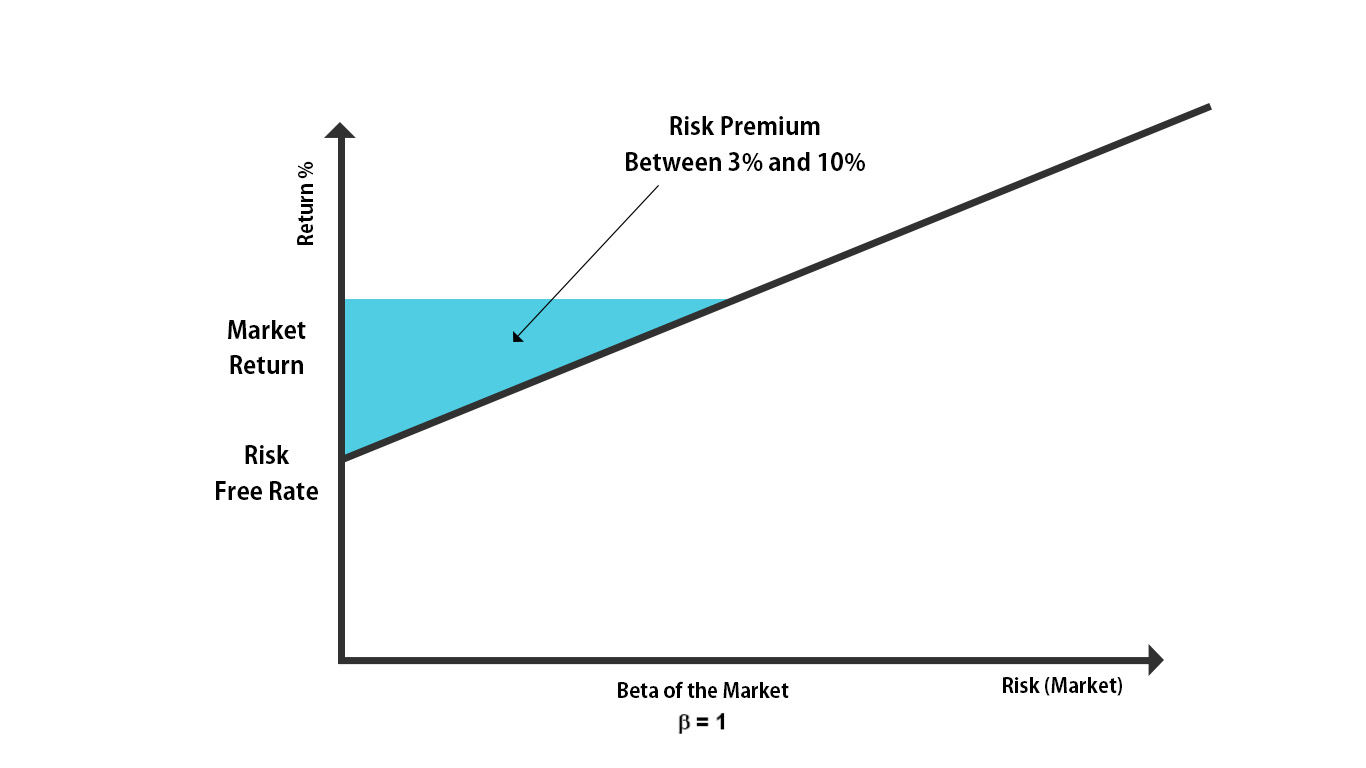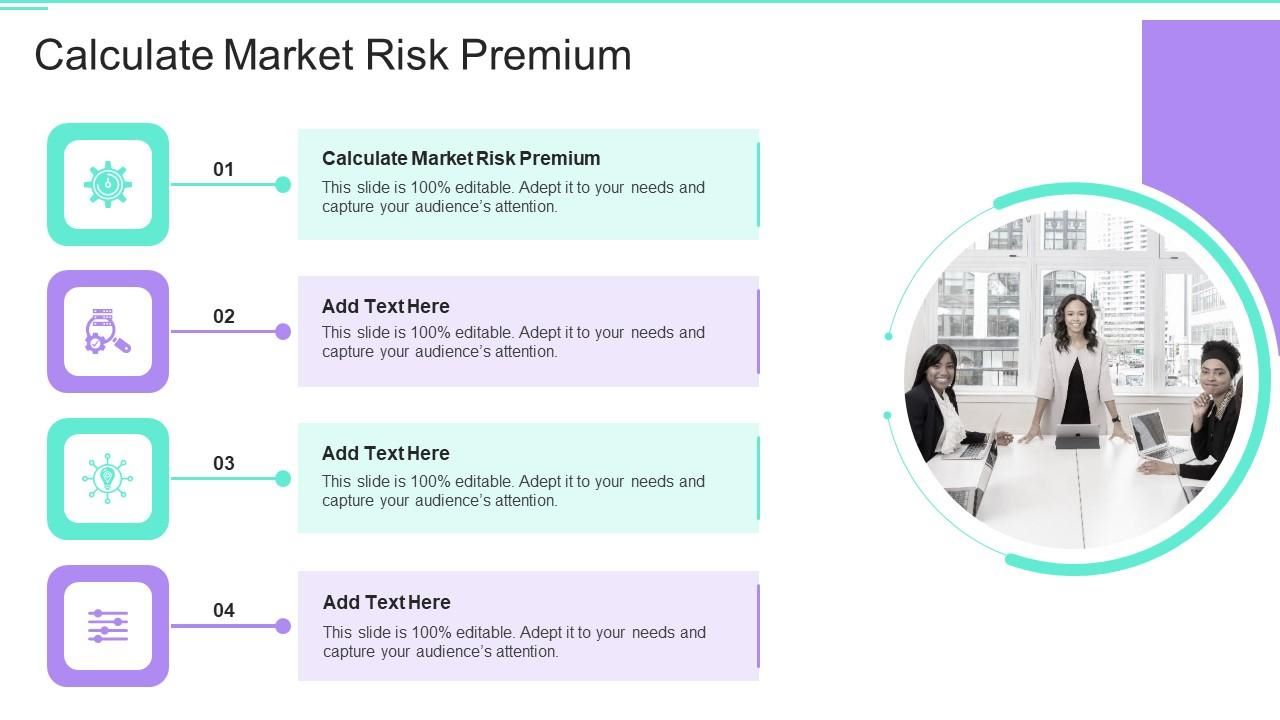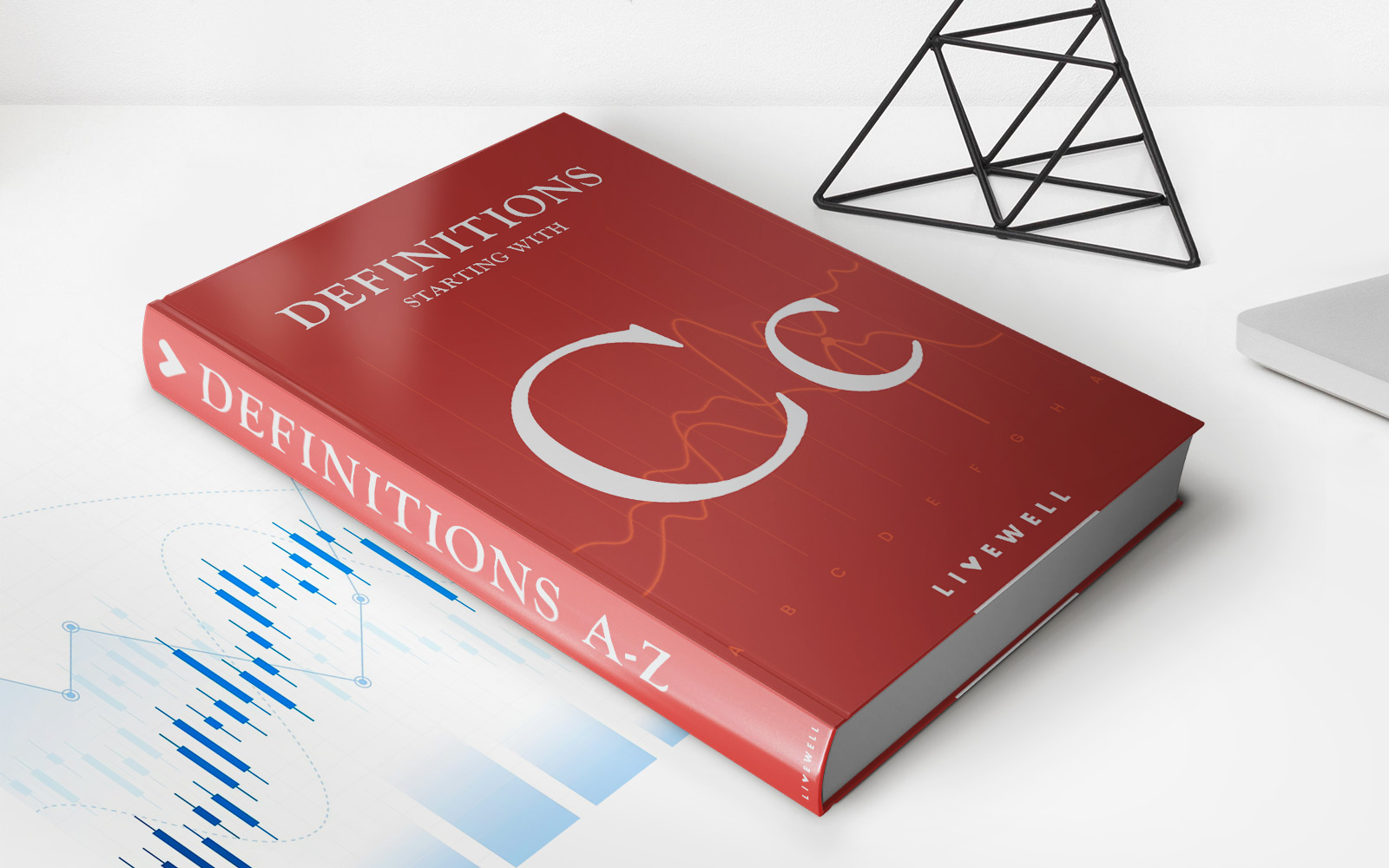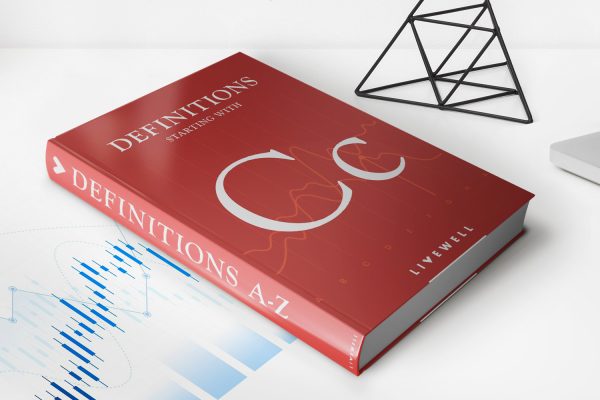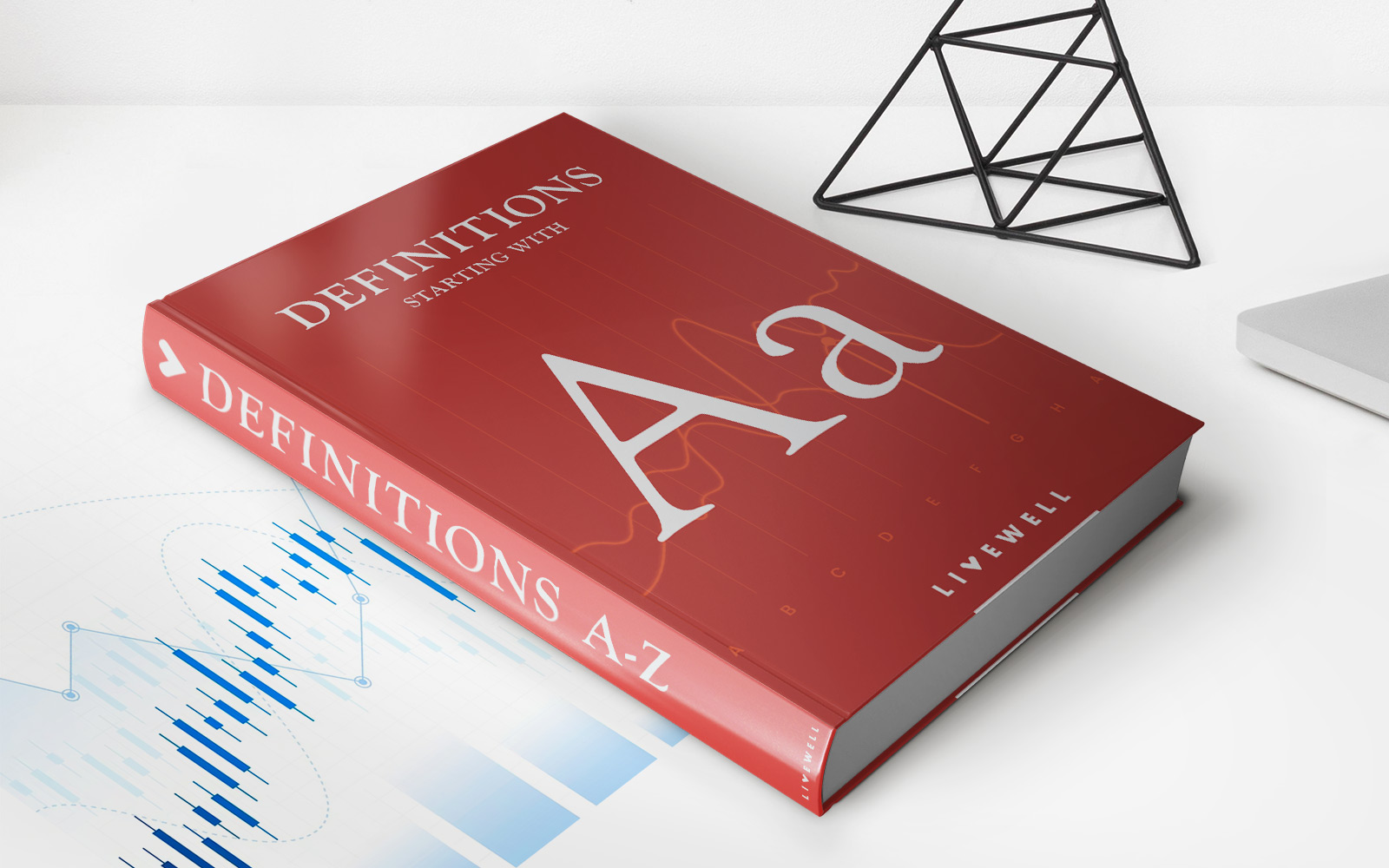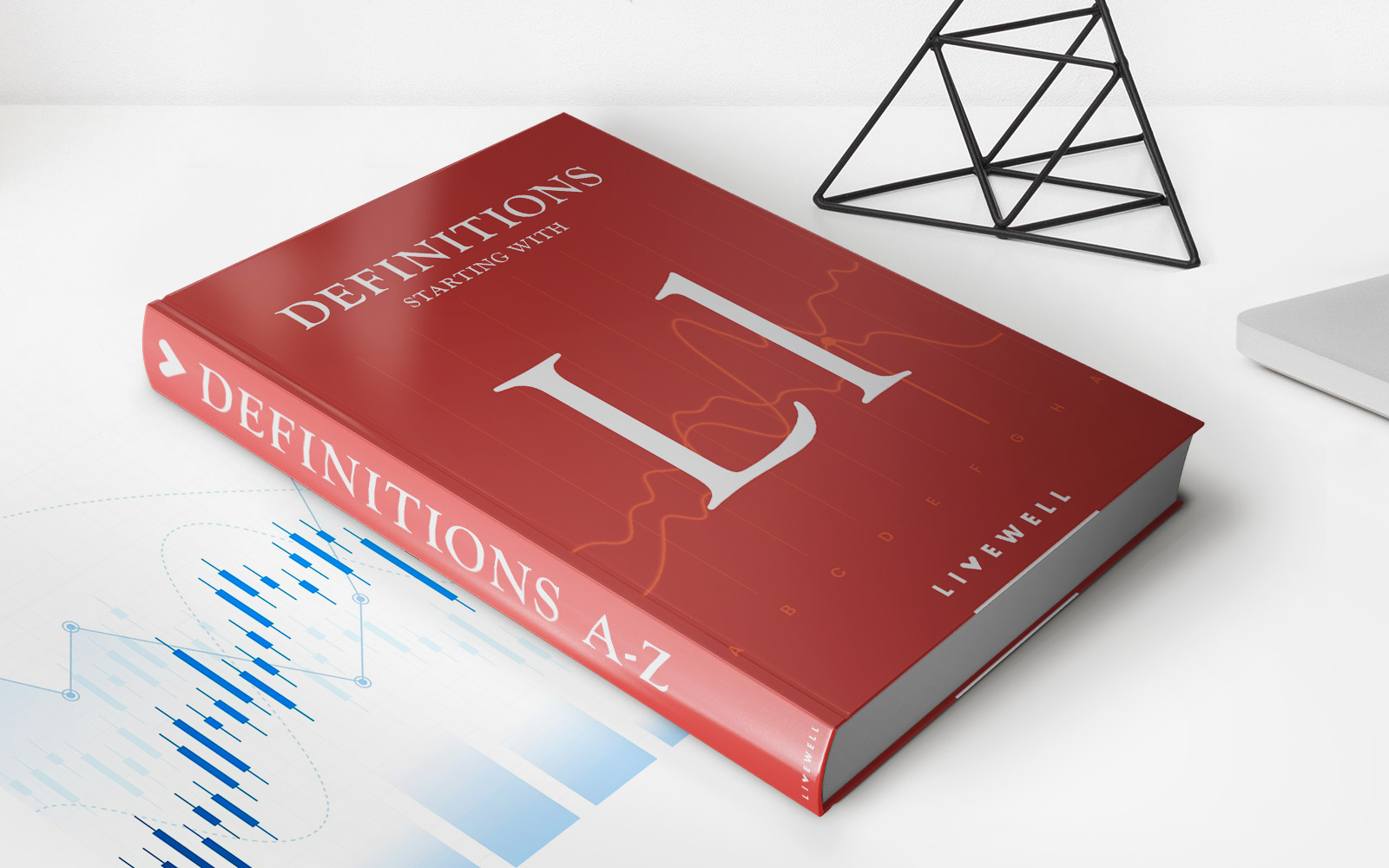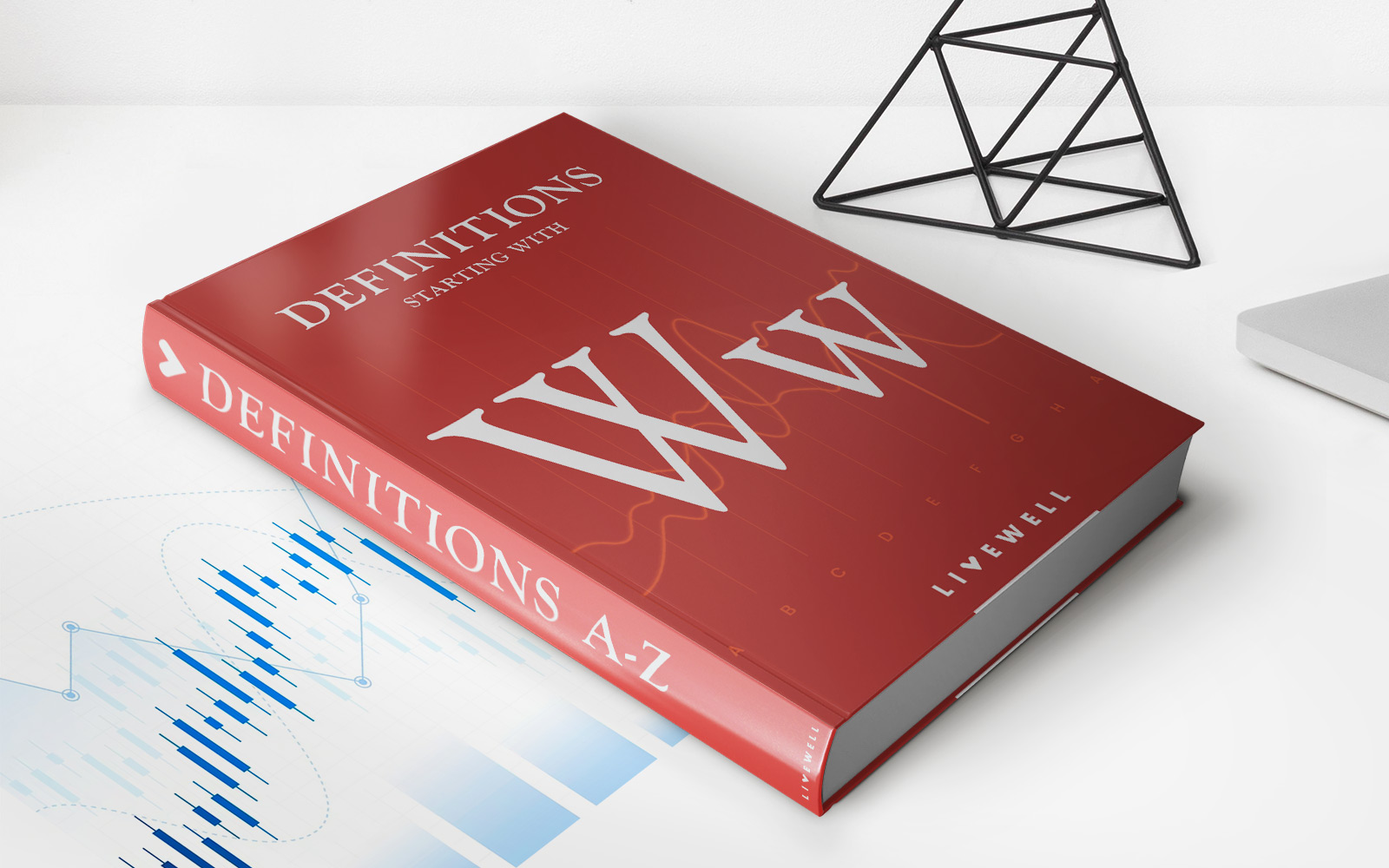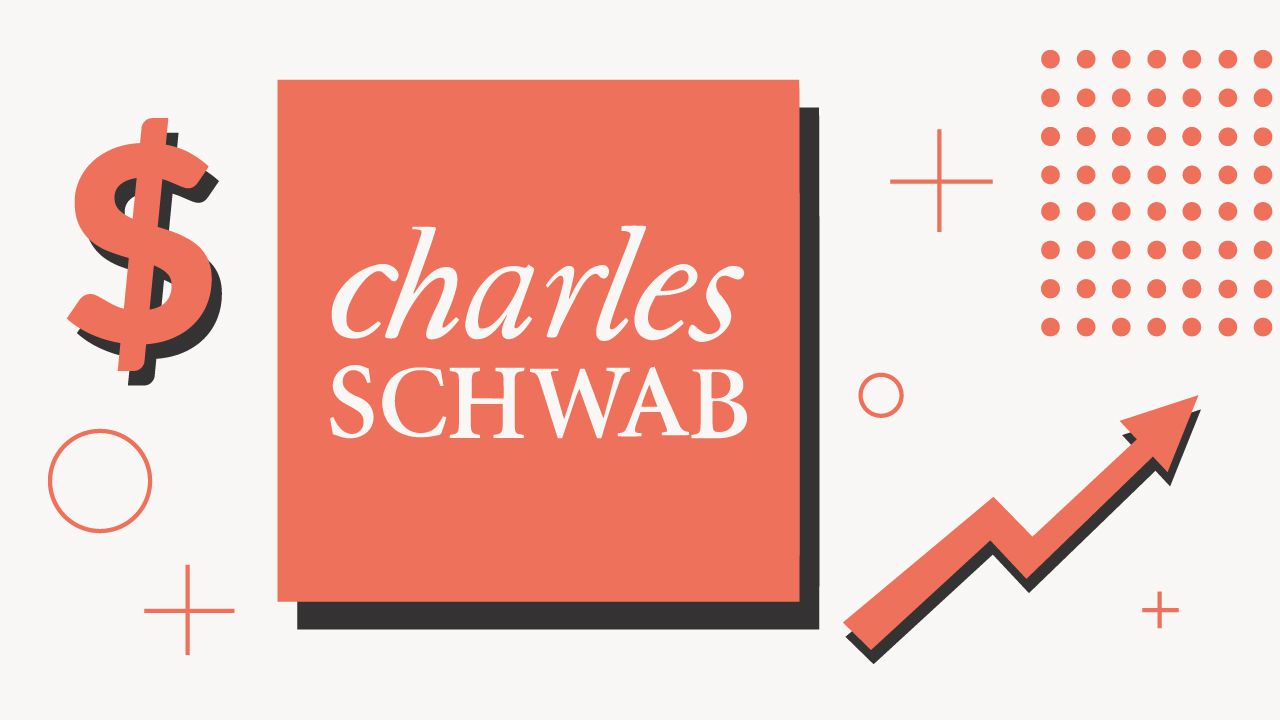Home>Finance>Insurance Risk Class Definition And Associated Premium Costs
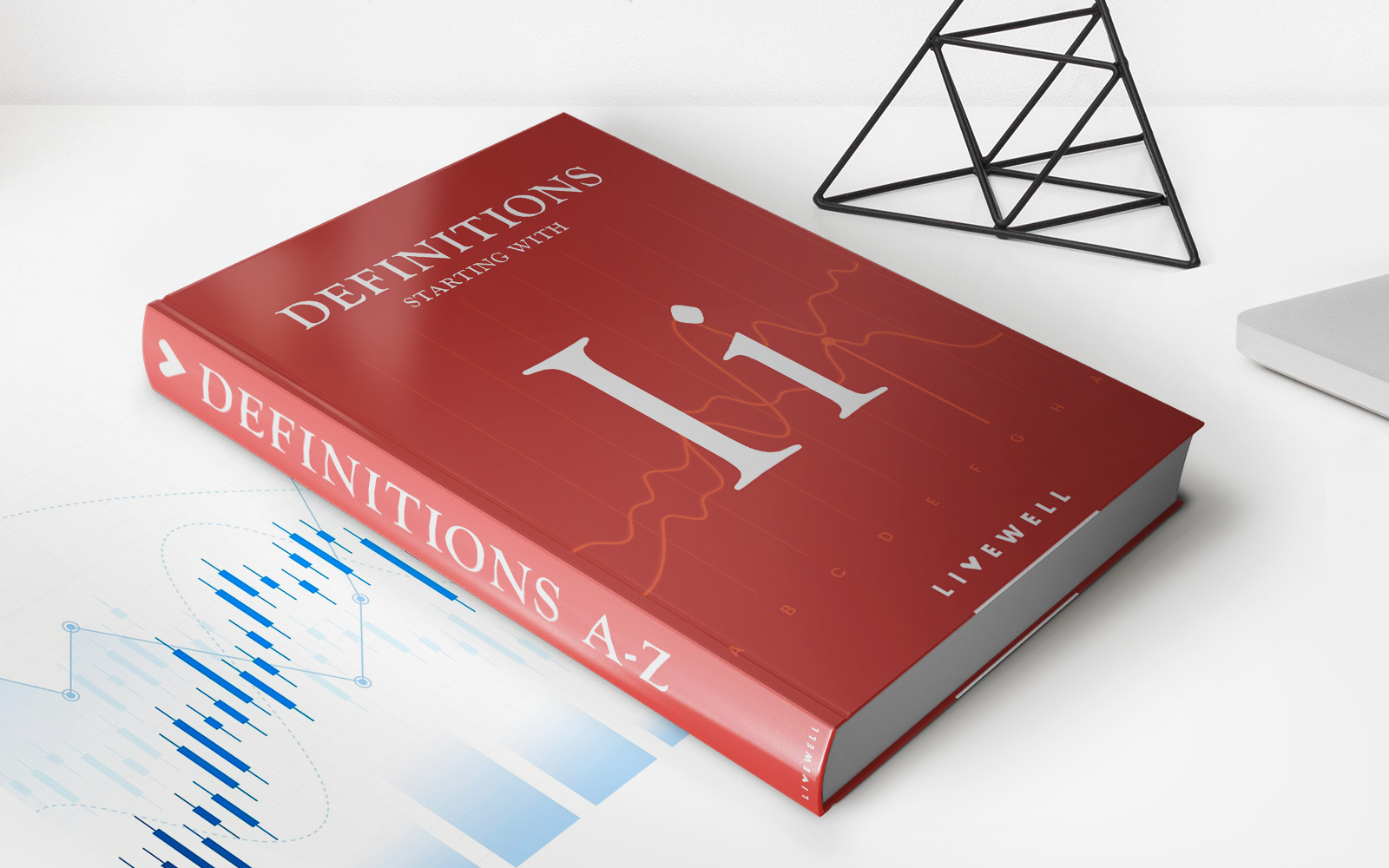

Finance
Insurance Risk Class Definition And Associated Premium Costs
Published: December 10, 2023
Learn about insurance risk class definitions in the finance industry and how they can impact premium costs. Gain insight into the factors influencing risk assessment and pricing.
(Many of the links in this article redirect to a specific reviewed product. Your purchase of these products through affiliate links helps to generate commission for LiveWell, at no extra cost. Learn more)
Understanding Insurance Risk Class Definition and Associated Premium Costs
When it comes to insurance, understanding risk class definitions and associated premium costs is crucial for anyone looking to protect their financial security. Insurance companies evaluate the level of risk an individual poses when determining the cost of insurance coverage. In this blog post, we will delve into the world of insurance risk classes and how they impact your premiums.
Key Takeaways:
- Insurance risk classes assess an individual’s risk level and help determine the cost of insurance coverage.
- Factors such as age, health, occupation, and lifestyle can influence your insurance risk class and premium costs.
What is an Insurance Risk Class?
An insurance risk class is a categorization system used by insurance companies to group individuals based on their level of risk. The risk class assigned to each individual determines the cost of their insurance premium. Insurance companies analyze various factors, such as age, health, occupation, lifestyle, and driving record, to assess an individual’s risk profile.
Insurance companies typically have different risk classes, often labeled as preferred, standard, and substandard. The preferred risk class represents individuals who are considered lower risk and are eligible for lower premium rates. On the other hand, the substandard risk class comprises individuals who pose a higher risk and therefore may need to pay higher premiums.
Factors Affecting Insurance Risk Class and Premium Costs
Various factors can influence an individual’s insurance risk class and the associated premium costs. Understanding these factors can help you take proactive steps to manage your risk profile and potentially reduce your insurance costs. Here are some key factors insurance companies typically consider:
- Age: Age plays a significant role in determining risk. Younger individuals are often considered riskier due to their lack of experience, while older individuals may be assessed differently based on health conditions associated with aging.
- Health: Insurance companies evaluate an individual’s current health status and pre-existing medical conditions. Those with medical conditions may be classified into higher risk classes.
- Occupation: Certain occupations involve higher levels of risk. Individuals working in hazardous industries or professions may fall into higher risk classes.
- Lifestyle Choices: Lifestyle choices such as smoking, excessive alcohol consumption, and participation in high-risk activities can impact insurance risk classes and premium costs.
- Driving Record: For auto insurance, an individual’s driving record, including past accidents, traffic violations, and DUI offenses, is considered when determining risk and premium costs.
How to Manage Insurance Risk and Lower Premium Costs?
If you find yourself classified into a higher risk class, resulting in higher premium costs, don’t fret. There are several strategies you can employ to manage your risk profile and potentially lower your insurance premiums:
- Lead a healthy lifestyle: Regular exercise, a balanced diet, and avoiding unhealthy habits like smoking can positively impact your health and potentially lower your life insurance premiums.
- Improve your driving record: By practicing safe driving behaviors, you can improve your driving record over time, which may lead to lower auto insurance premiums.
- Shop around for insurance: Different insurance companies have varying risk assessment methods and guidelines. Taking the time to compare quotes from multiple insurers can help you find the best coverage at a more affordable rate.
- Consider bundling policies: Some insurers offer discounts when you combine multiple policies, such as auto and home insurance. Bundling can lead to cost savings.
- Consult an insurance professional: Working with an experienced insurance agent or broker can provide valuable insights into your risk profile and help you find ways to manage your risks effectively.
Understanding insurance risk class definitions and associated premium costs is essential for anyone seeking insurance coverage. By being aware of the factors that influence risk assessments and taking steps to manage your risk profile, you can potentially lower your premium costs and protect your financial well-being. Remember, considering the advice of an insurance professional can provide personalized guidance tailored to your unique situation. Stay informed, manage your risk, and find the insurance coverage that best meets your needs.
